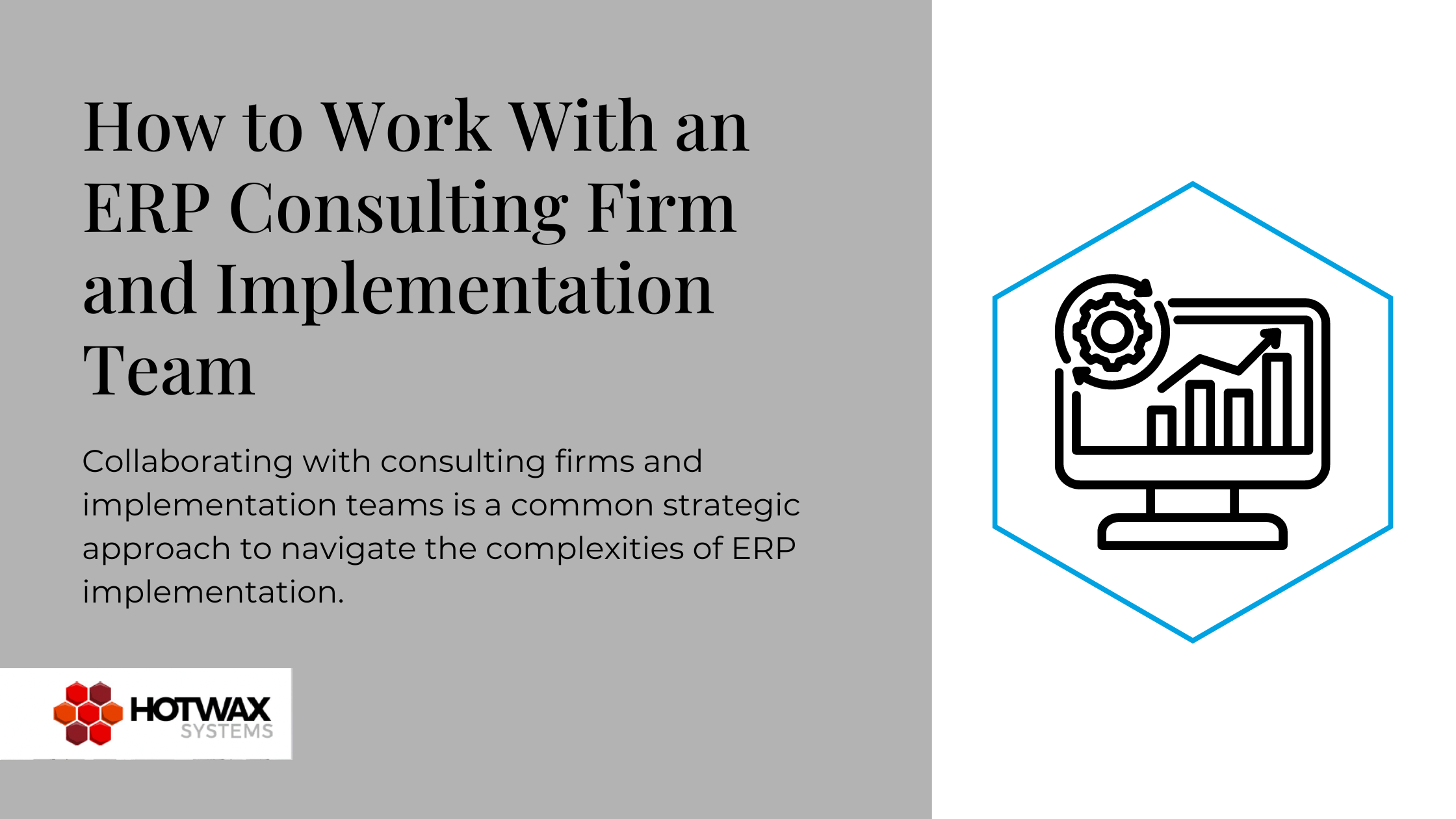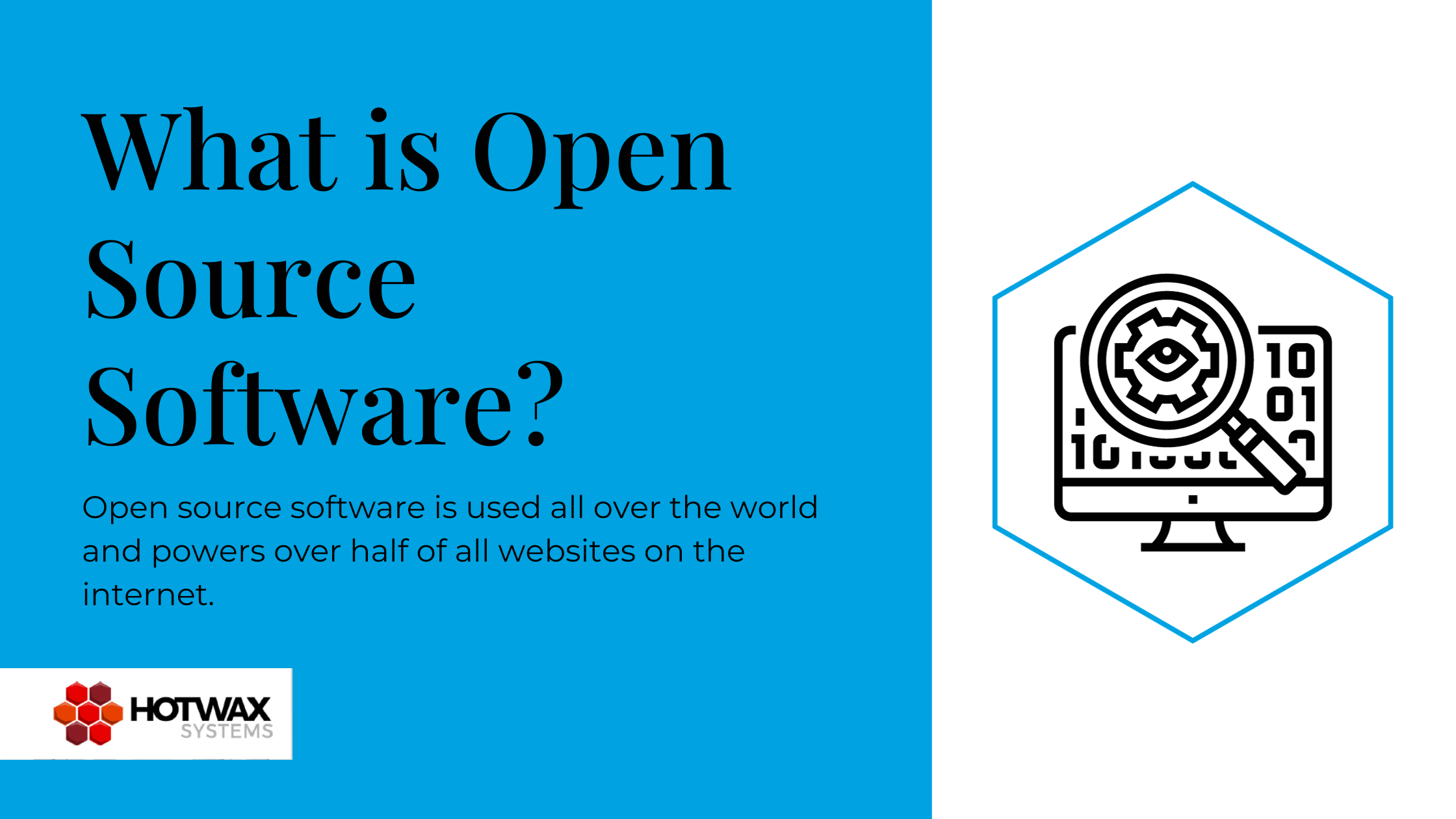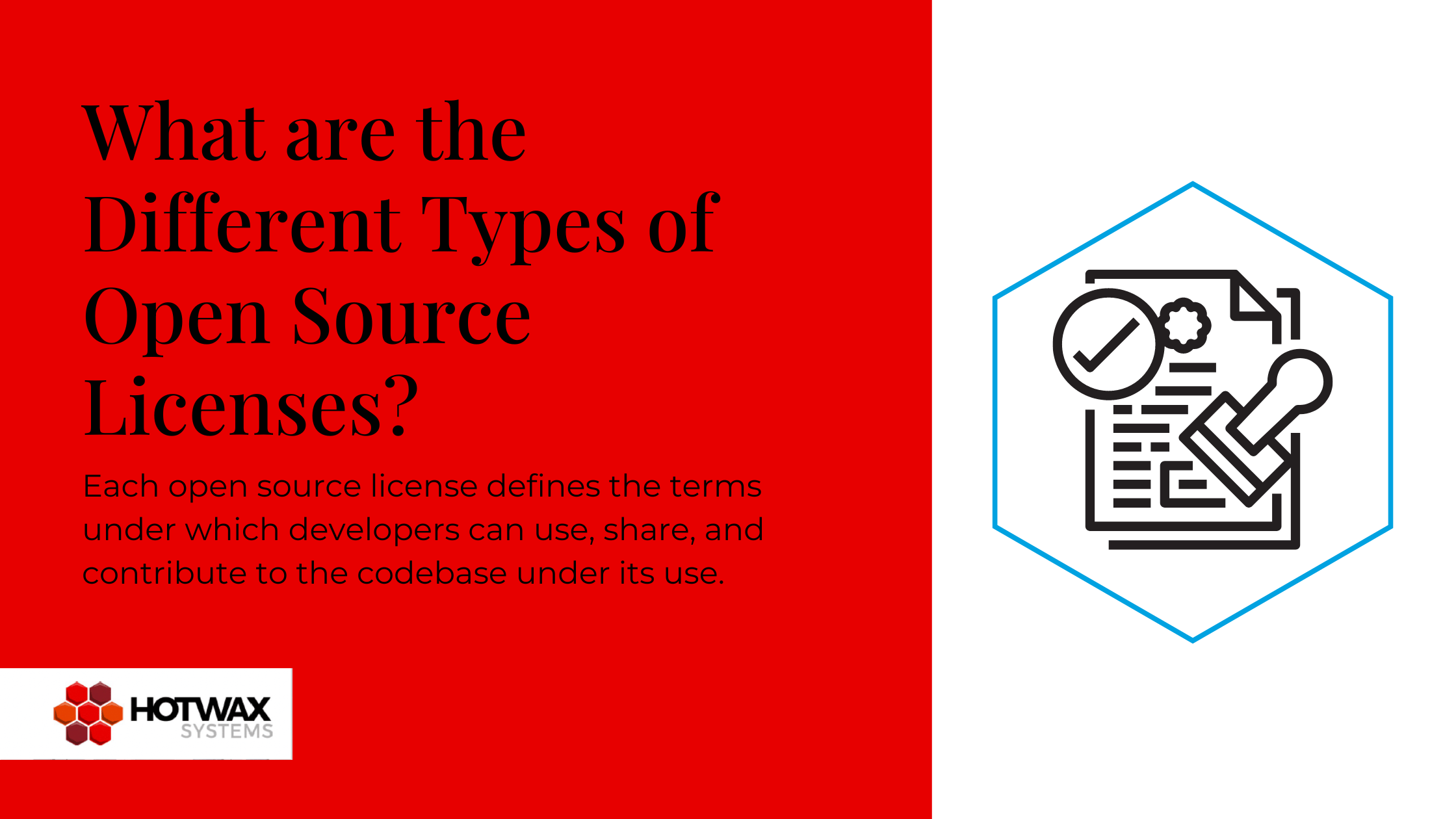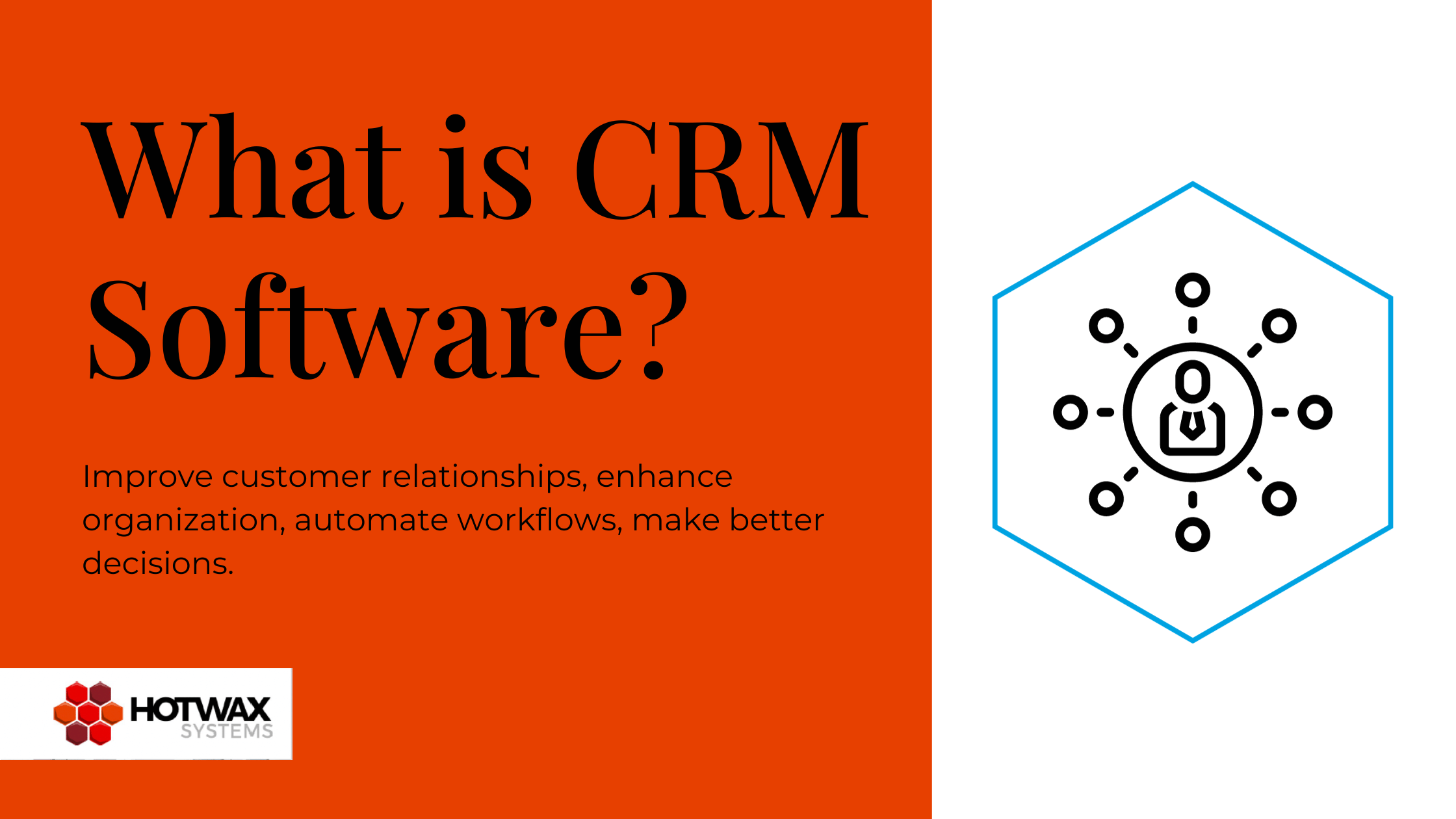“If you want to go fast, go alone. If you want to go far, go together.” — African proverb
I had a wonderful opportunity two weeks ago. I attended Front 2016 to learn more about Product Management and the User Experience. For me, one of the most important takeaways was the concept that great things can be achieved through collaboration.
Collaboration-why it matters
In my dual role as a hybrid front end developer and a designer I have learned a lot about the importance of collaboration. If I remain in my silo things get overlooked. Working alone, I may be able to quickly develop or design something for a client, but when I hand it off to the project team for implementation my lack of understanding of the big picture becomes apparent.
While this isn’t always the case, working directly with the team from the beginning of the project helps me understand the full scope and desired user experience for different tasks that come my way. Cap Watkins discussed this topic in the Thursday morning session. As he suggested, if everyone is working in silos in your company, you can help fix it.
Start treating every situation like collaboration already exists, and you’ll be surprised to see actual collaboration start happening. One tool that was recommended to help in this process was BaseCamp. You can add everyone in the team to the a project in Basecamp, and while some members of the team may not be involved in active discussion, they can still see what is happening, and either plan ahead, or refer back to previous conversations when clarity is needed.
Collaboration – owning it as a team
When working on projects, it’s important to not get into the “I’m an expert” mentality. You may in fact be an expert, but you need to work as a team and get other’s input. As a TEAM we must understand and OWN the project, and value the opinions of all team members. If we succeed, we succeed together. If we fail, we fail together.
If a project lead isn’t getting input from everyone in the group, do your part, and become a facilitator. Ask for ideas and opinions, especially from those who may not be experts in the topic at hand, as this can lead to “out of the box thinking”. Again, it is important for everyone on the team to understand the goals of the project and own it.
Tracey Varnell suggested that we should include others throughout four key steps of the project development process: Hypothesizing, Validating, Envisioning, and Planning. Doing so will make sure the team is on the same page, serves as a reminder of the end goal, and allows everyone to understand the need for any tweaks to tasks or timelines that are implemented.
Collaboration–how it works at HotWax Systems
I was happy to see that here at HotWax we are already using Basecamp, as suggested by Cap. I have been able to participate in group discussion, quickly and easily find needed collateral for different project, and bring up any concerns/comments I have. Other working on the project are able to see these comments, without having to dig through e-mails. Everything is all there, easy to find and add to.
At HotWax Systems, we have opportunities to collaborate amongst our internal team, and we are also are encouraged to collaborate with the open source community. I have had the fantastic opportunity to work with the Apache Software Foundation as part of the rebranding team. Other at HotWax Systems get together every month to work together with the OFBiz Apache Project to execute bug fixes, and to provide our insights about ways to help improve the platform.
Going alone is a very lonely way to go. You may get there faster than those that go together, but honestly being part of a team that goes together is the better way to go. Not only is it more fun, but the things we are able to create are so much better than what I could do on my own.







